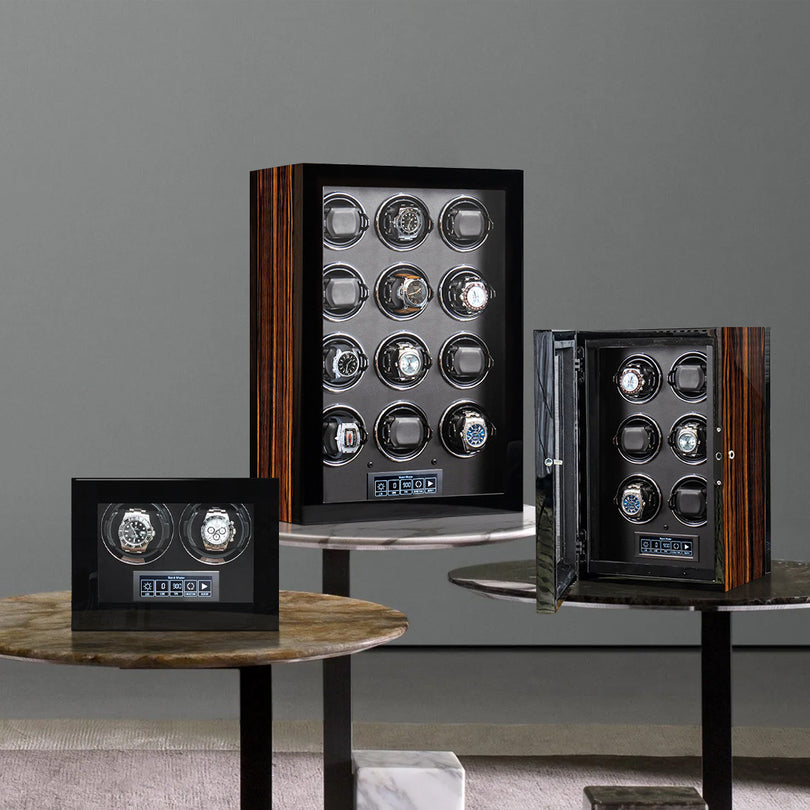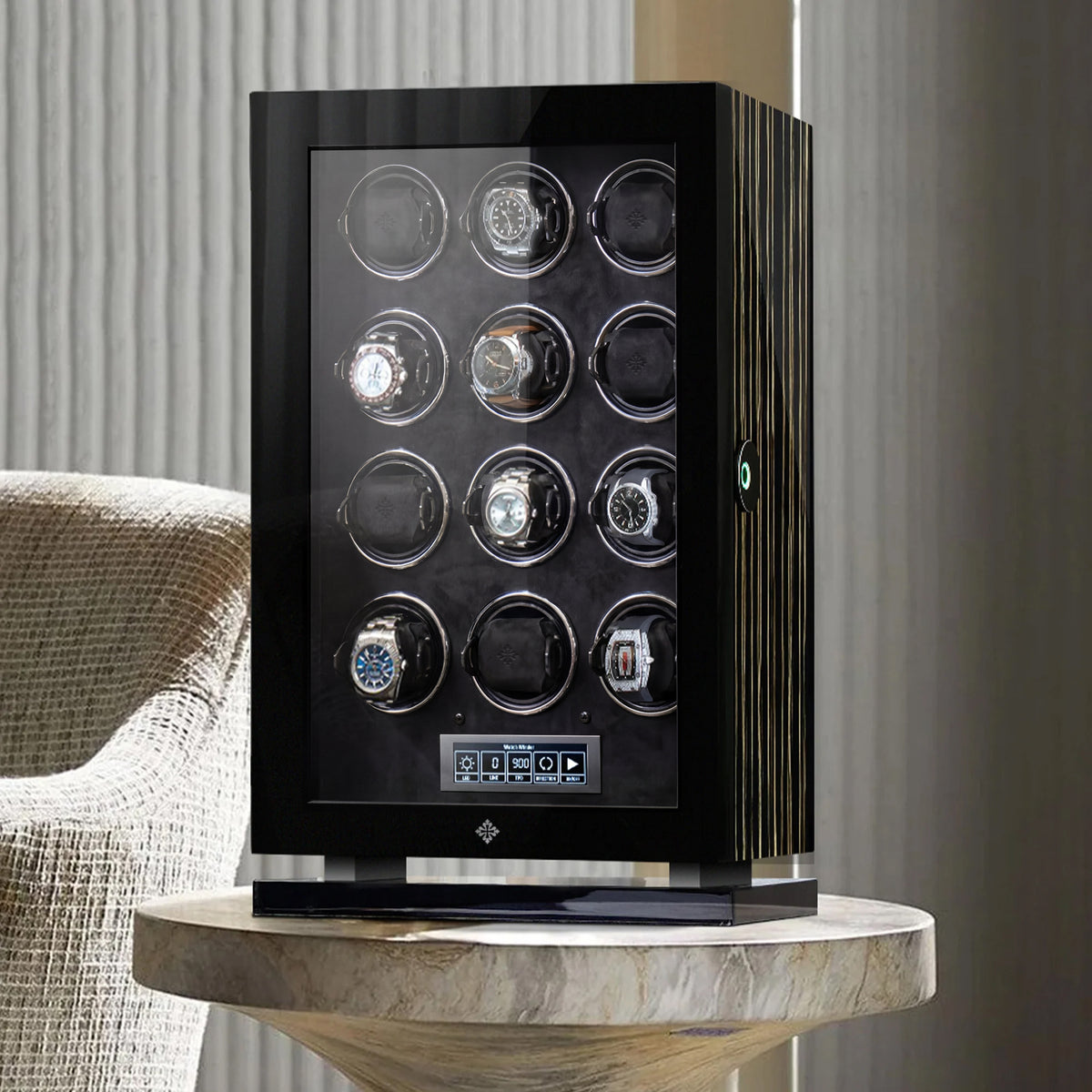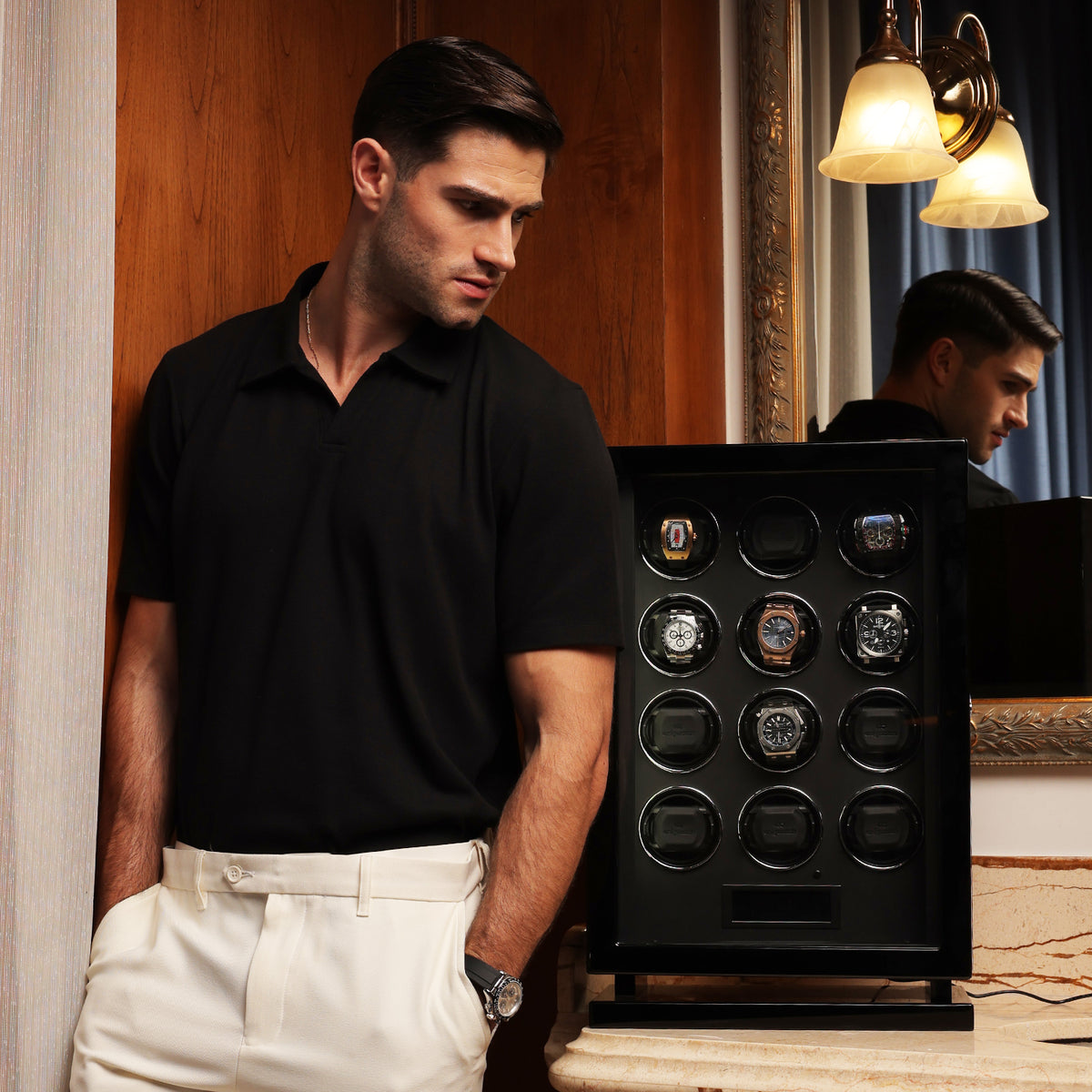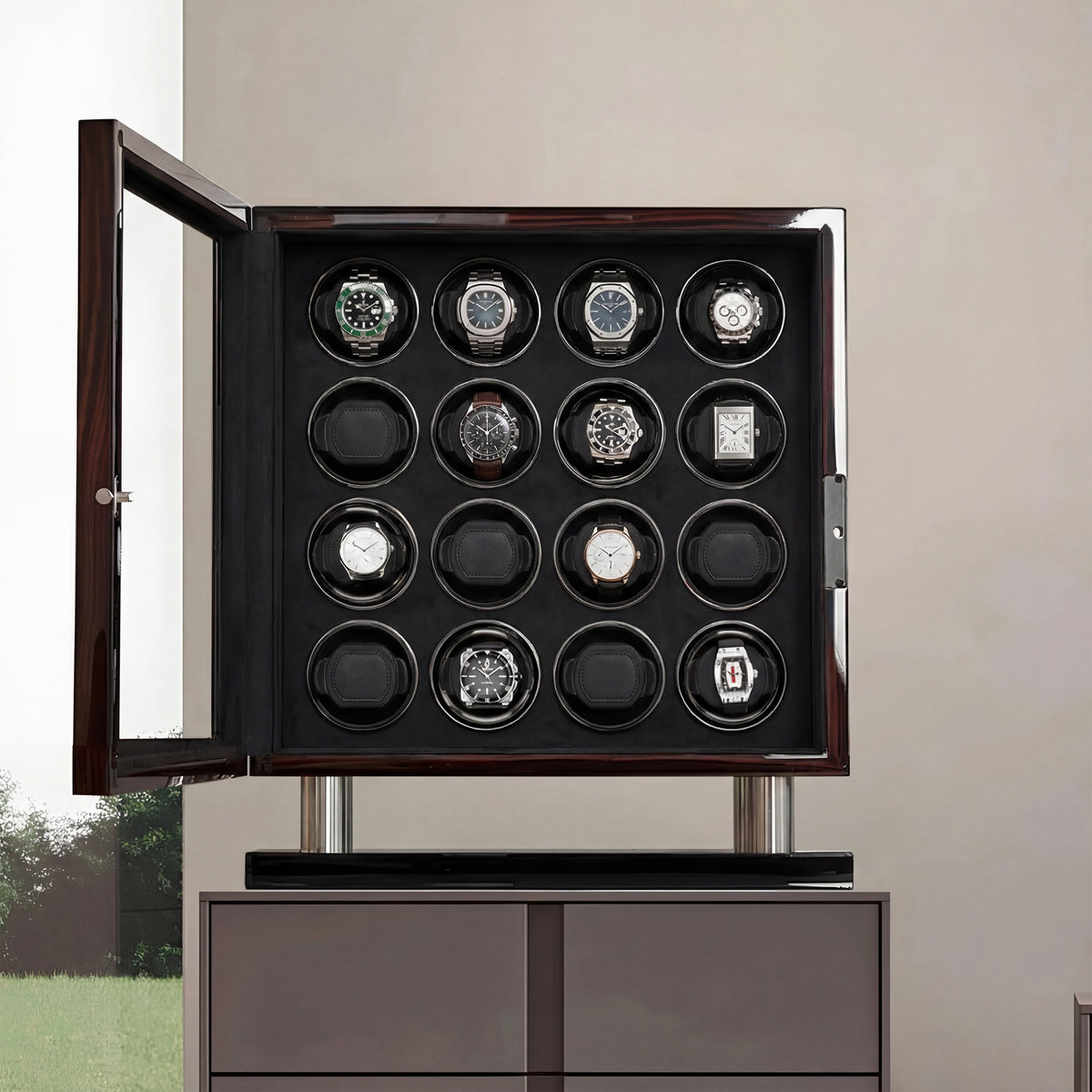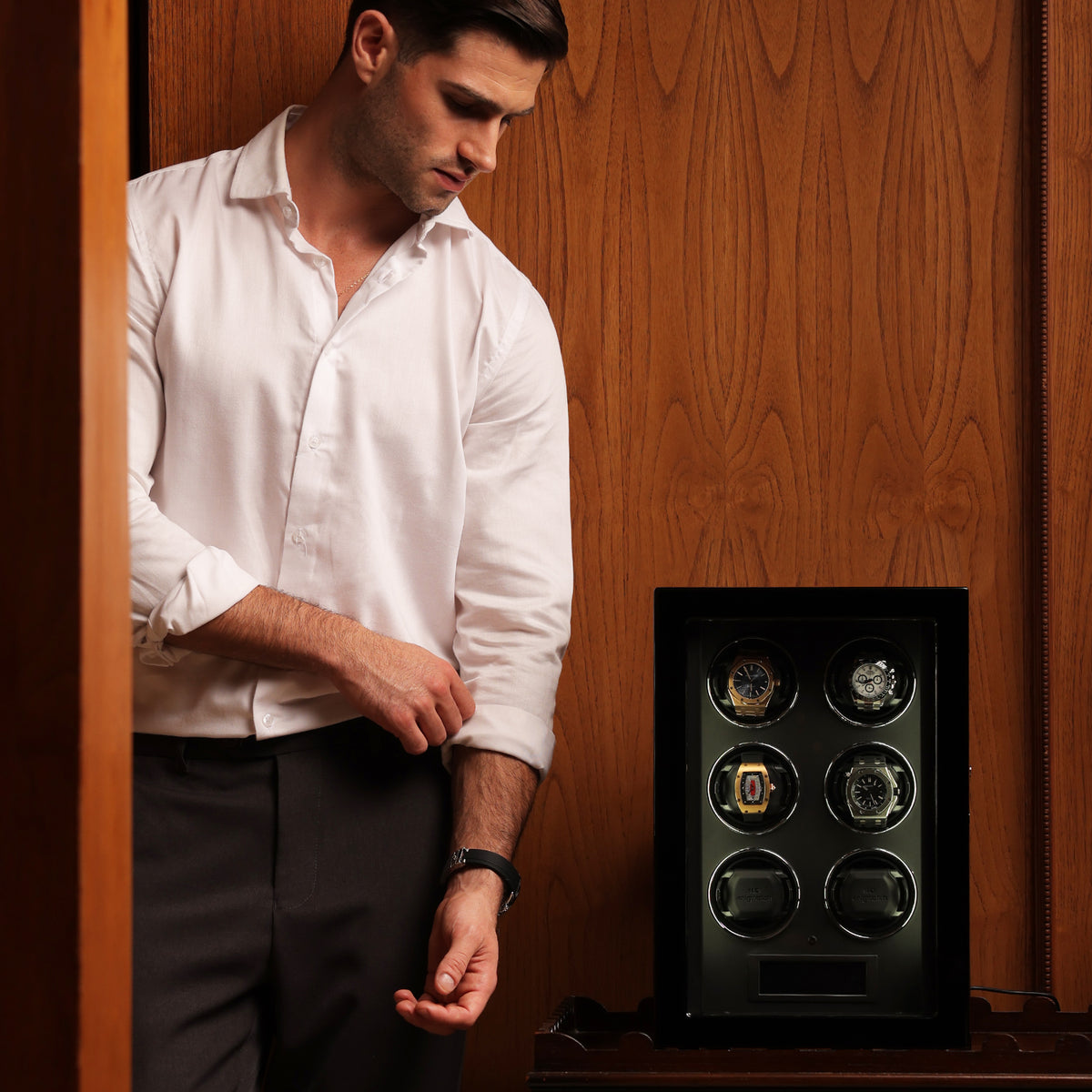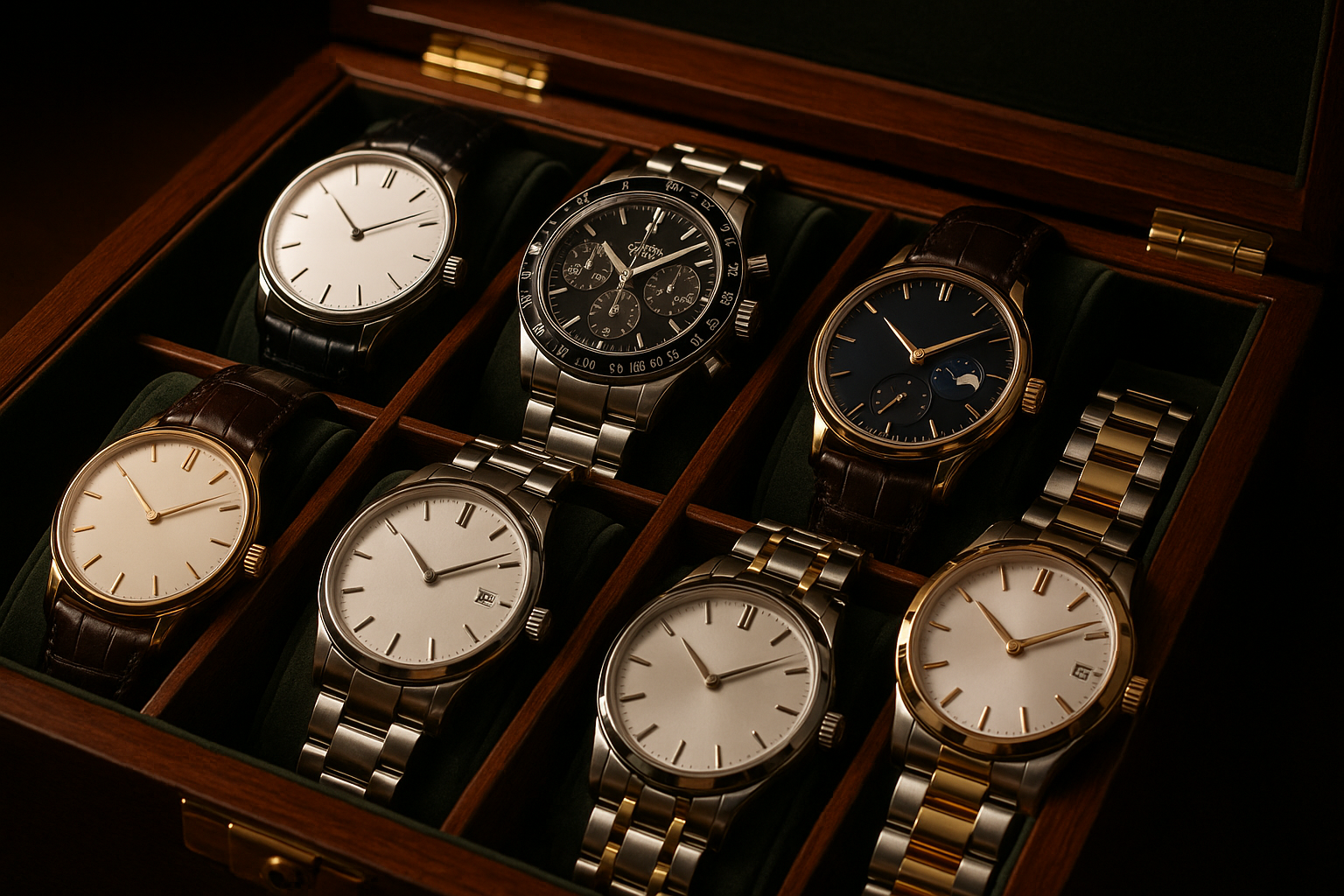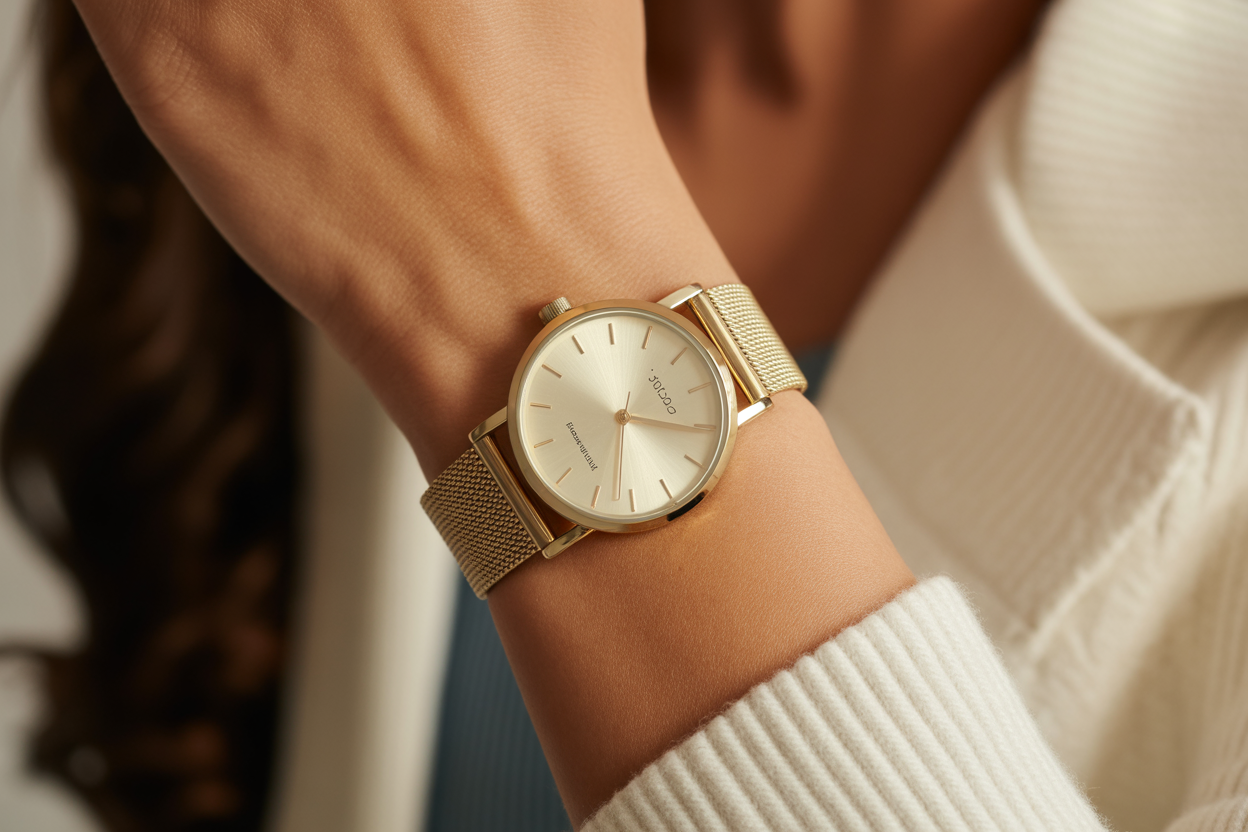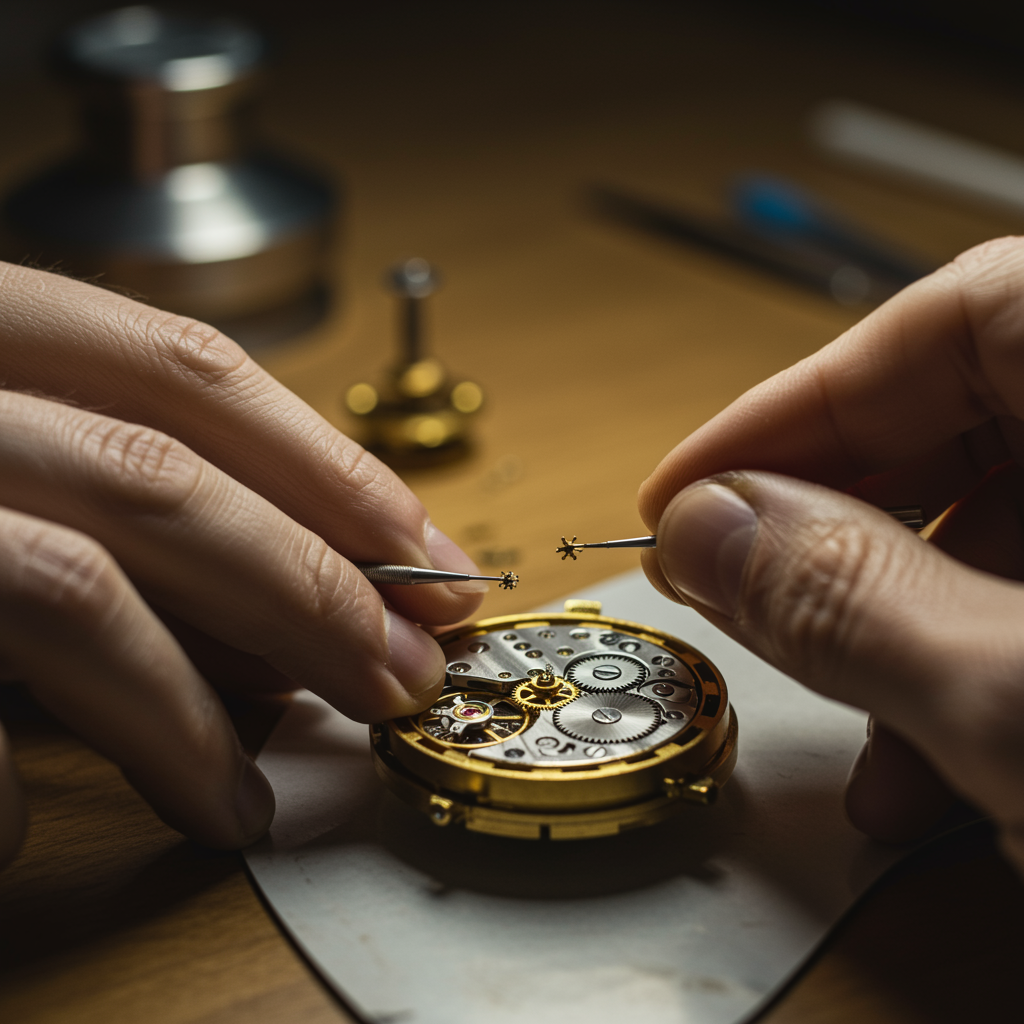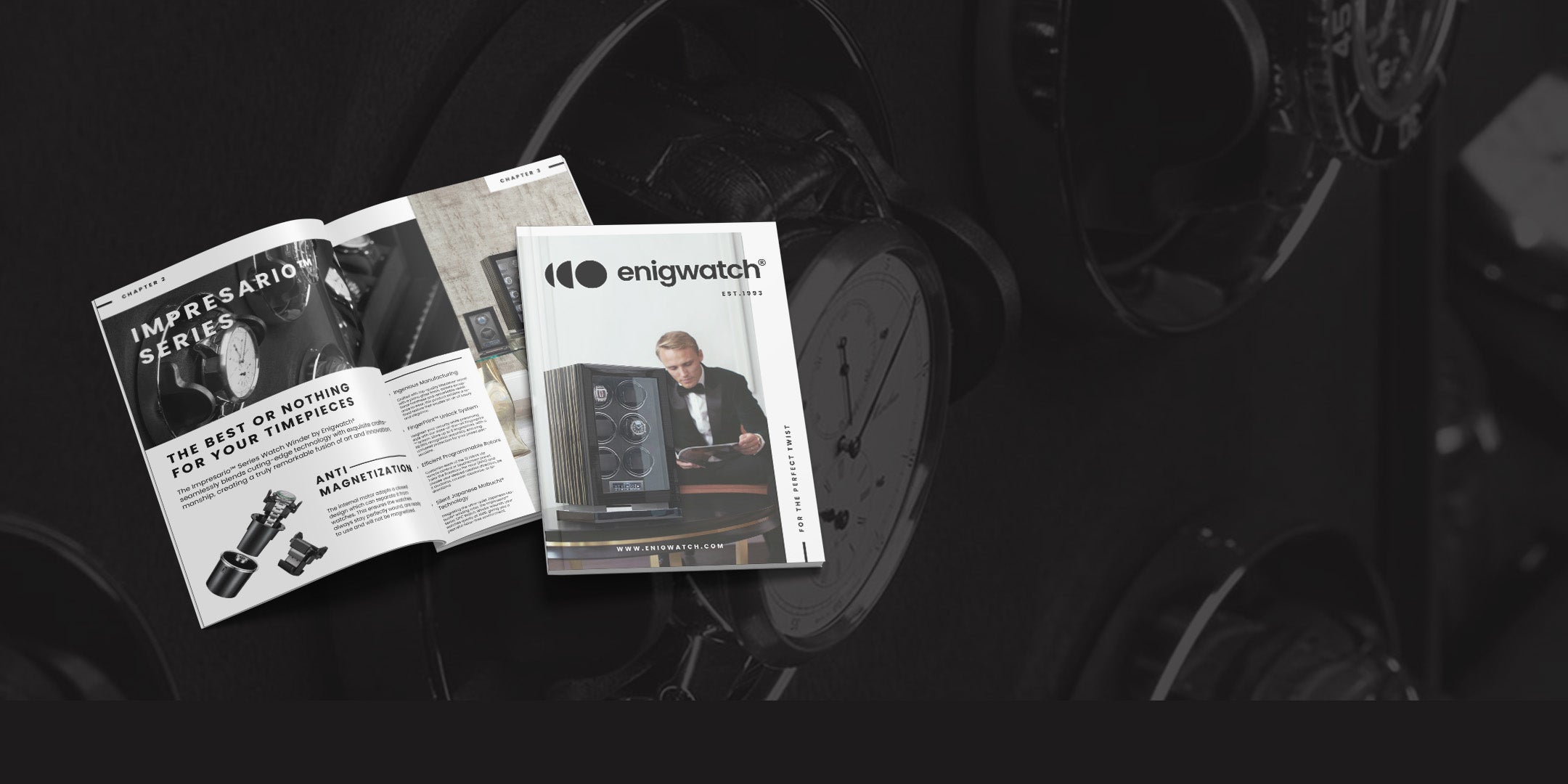If you’re one of the lucky few who own a Rolex, you’re probably used to its smooth, unbroken ticking. But, why do Rolex watches stop, and what’s the deal when this happens? From something as simple as needing to wear it more often to deeper mechanical issues, let’s dive into the potential reasons behind a stopped Rolex and how to keep that iconic movement going strong.
Rolex watches are known for their durability and precision, but like any finely crafted machine, they need proper care to stay running smoothly. In this article, we’ll explore why Rolex watches stop, from how the movement works to the best ways to keep it wound and in pristine condition.
How Does a Rolex Watch Work? Understanding the Mechanics

Rolex watches are masterpieces of engineering, each equipped with an intricate self-winding movement. Inside, a complex system of springs, gears, and a rotor work together to create what’s known as a perpetual movement, powered by your own wrist movements. The mainspring stores energy from your motion, which is gradually released to keep the watch ticking.
Unlike battery-powered watches, Rolex watches rely on this mechanical self-winding feature to stay powered. If they’re not worn or kept in motion, the mainspring will eventually lose its stored energy and stop. This doesn’t mean there’s anything wrong with the watch; it’s simply waiting for its next boost of energy.
Why Do Rolex Watches Stop When Not Worn?
Rolex watches depend on movement—yours, specifically—to stay wound and operational. When you’re not wearing it regularly, there’s no motion to keep the rotor going, which means it’s slowly unwinding and will eventually stop. Think of your wrist as its “fuel pump”: no movement means no power. So if you go a few days without wearing it, you might find it’s out of energy and needs a bit of manual help to get back on track.
Some people worry about this pause, but it’s perfectly normal. You don’t have to be attached to your Rolex at all times, but wearing it regularly or giving it a manual wind will keep it running smoothly, just like a car that benefits from regular driving.
Can You Manually Wind a Rolex to Prevent It from Stopping?

Yes, you can! In fact, manually winding your Rolex is a reliable way to ensure it stays running, even when you’re not wearing it. Rolex designs their watches with a winding crown that allows for easy manual winding. Here’s how you do it:
- Unscrew the crown by turning it counterclockwise until it pops out.
- Once the crown is loose, turn it clockwise about 20-30 times.
- You’ll feel some resistance—this is the mainspring fully winding up.
With this manual winding, your Rolex should have enough power to run for approximately 48 hours, even if it’s sitting on your nightstand.
The Role of Power Reserve in Rolex Watches
Every Rolex has a power reserve, which is essentially its “battery life” when it’s fully wound. Depending on the model, a fully wound Rolex can run for 48 to 72 hours before needing more movement. If it stops, it just means the power reserve has run out. Think of it as similar to how your phone goes into battery-saving mode. It’s waiting to be “recharged.”
Knowing your model’s power reserve is key to understanding how often to wind it if it’s not being worn. For example, models like the Rolex Submariner or Day-Date have power reserves of around 48 hours, while newer models like the Rolex Sky-Dweller can have up to 72 hours.
Common Issues That Cause Rolex Watches

Rolex watches are built to last, but certain factors can cause unexpected stops. Here are some common issues:
- Mechanical Wear and Tear: Over time, the intricate movement might need servicing.
- Exposure to Magnetism: High magnetism, from items like speakers, can disrupt the delicate movement.
- Moisture: While Rolex is water-resistant, excessive exposure to water can affect performance, especially if seals are worn out.
These situations require professional assistance, so if you think any of these might be affecting your watch, it’s best to consult a certified watchmaker or Rolex service center.
How Often Should You Service a Rolex Watch to Keep It Running?
Regular servicing is essential for keeping your Rolex ticking along beautifully. Rolex recommends a full service every 5 to 10 years. During servicing, the watch is completely disassembled, cleaned, lubricated, and checked for any worn parts. This thorough upkeep prevents common issues, ensuring your Rolex remains in peak condition.
What to Do If Your Rolex Stops: Troubleshooting Tips
If your Rolex suddenly stops, try the following steps:
- Give It a Wind: A quick manual wind usually does the trick.
- Check for Damage: Look for signs of impact damage or a stuck crown.
- Look for Magnetism: A compass can help detect magnetic issues. As if the compass needle moves toward your watch, it may have been exposed to a strong magnetic field.
If none of these steps work, consult a professional. Rolex movements are highly complex, so it’s best to leave in-depth repairs to the experts.
Can a Rolex Stop Due to Overwinding?
No need to worry. Overwinding a modern Rolex isn’t possible! They’re designed with a built-in mechanism that prevents overwinding, so feel free to wind it until you feel resistance, knowing that you’re not causing any damage. For a deeper dive into the mechanics, check out Can You Overwind an Automatic Watch? You Need to Know to learn how automatic watches handle winding limits and prevent damage.
Is It Normal for a Rolex to Stop After a Few Days?
Yes, it’s totally normal! If you haven’t worn your Rolex or manually wound it, it’s simply out of power. A quick wind will revive it, making this a minor and easily fixable issue.
When to Take Your Rolex to a Watchmaker

Certain situations indicate it’s time to visit a watchmaker. These include:
- Irregular Ticking: If the ticking seems off or irregular.
- Stuck Crown: If you can’t wind or adjust the time.
- Water Damage: Any moisture under the crystal should be checked immediately.
These signs can signal deeper issues that require expert attention.
Using Watch Winders to Keep Your Rolex Running
For those who rotate watches or don’t wear their Rolex daily, a watch winder can be a game-changer. A watch winder mimics wrist movement, keeping the movement alive and ready to wear whenever you are.
Protecting Your Rolex from Environmental Factors
Lastly, environmental factors can affect your Rolex. Avoid:
- Magnetic Fields: Keep it away from speakers, phones, and other magnets.
- Extreme Temperatures: Rapid temperature changes can impact the internal mechanics.
- Moisture: Avoid water exposure without proper waterproofing checks.
Final Thoughts: Keeping Your Rolex Ticking
In the end, understanding why Rolex watches stop can ease your worries and keep your timepiece running like new. Regular wear, occasional winding, and mindful protection from environmental hazards can help preserve the charm of your Rolex for generations to come. A little care goes a long way in keeping that iconic ticking going strong—so your Rolex can continue to be a treasured companion.


